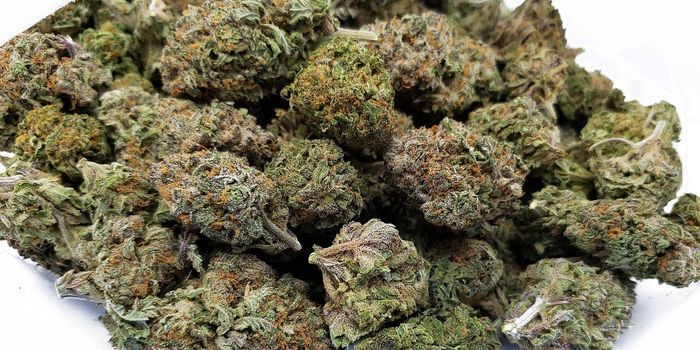Terpenoid Chemoprofiles for Cannabis Taxonomic Database
Researchers at Digipath Labs in Nevada and Chaminade University in Hawaii have collaborated to identify opportunities to consistently characterize cannabis strains based on what they are calling a “distinctive profile”. A group representing both institutions presented their study findings at the 2018 Emerald Conference, a technical conference focused solely on the cannabis science industry, which took place in San Diego February 15 – 16, 2018.
There is a current lack of agronomic naming conventions for the cannabis science industry which is less of a priority because it is not mandated or regulated by any one group across the globe. This makes true consistency of strain names/types across cultures, countries, and everyone in between very challenging. This affects the cannabis consumer, scientific and medical communities. Johnson, Speck, Hilyard, and Afia (2018) published their work in Natural Products Chemistry and Research using terpenoid chemoprofiles to reliably distinguish Cannabis sativa strains and start to build a chemotaxonomic database.
This group of researchers used Headspace Gas Chromatography – Mass Spectrometry (Headspace GC-MS) for the terpenoid analysis and High Performance Liquid Chromatography – Diode-array detector (HPLC-DAD) was used for cannabinoid identification and quantification. HPLC-DAD is well known for its use in forensic toxicology. Headspace GC-MS is a method used to analyze volatile compounds by heating a sample placed in a small closed sampling vessel. The resulting vapor within the vessel is then ionized; the mass spectrometry sorts the ions based on their mass-to-charge ratio to produce the unique identifiers for that sample.
There is research consensus that the between 17 and 19 terpenoids are needed to define a cannabis chemotype; there are somewhere around 140 identified terpenoids in cannabis. The terpenoid chemoprofile is like a unique fingerprint for each cultivar. Cannabis cultivars are cannabis plant varieties produced by selective breeding. After testing 2,237 samples, the study identified 204 unique cultivars from 27 different growers. There were 11 cannabinoids and 19 terpenoids found in each cannabis flower samples tested.
The authors suggest that they were able to look at the terpenoid chemoprofiles and sort them into three separate cluster groups. Johnson, et al. (2018) wrote that, “Cannabis samples falling within terpenoid cluster #1 were dominated by ß-myrcene, whereas terpenoid cluster #2 samples were higher in y-terpinene and terpiniolene and finally terpenoid cluster #3 sample data was dominated by limonene, ß-myrcene, and ß-caryophyllene.” It will be incredibly helpful to the industry to consider continued collaboration to build a solid database of terpenoid chemoprofiles for use and subsequent relevance in therapeutic applications.
Sources: Emerald Conference 2018, Natural Products Chemistry and Research, Journal of Chromatography A










